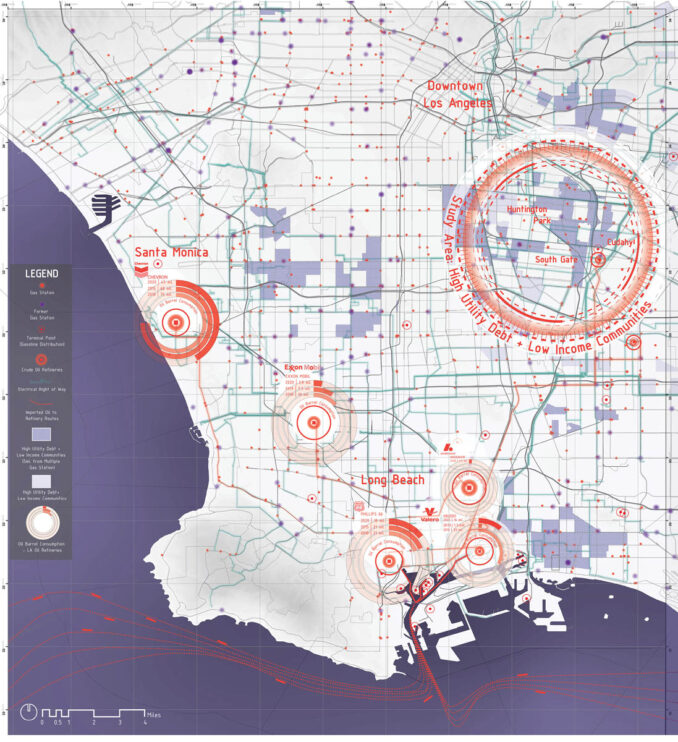
With heightened awareness about climate change and its impacts, many countries want to shift from fossil fuels to renewable energy. To reduce California’s greenhouse gas emissions to 40% below 1990 levels by 2030, the state has invested heavily in replacing polluting natural gas production with cleaner solar power and encouraging more electric vehicles to replace petroleum-powered cars. With the rise in electric car sales, increased vehicle gas efficiency, and a 42% decrease in U.S. oil imports since 2005, it becomes increasingly clear that several parts of our 20th century oil infrastructure will change in the coming decades. Perhaps the most visible part of this decaying network will be the ubiquitous gas station which can offer better uses for local communities facing disturbing issues.
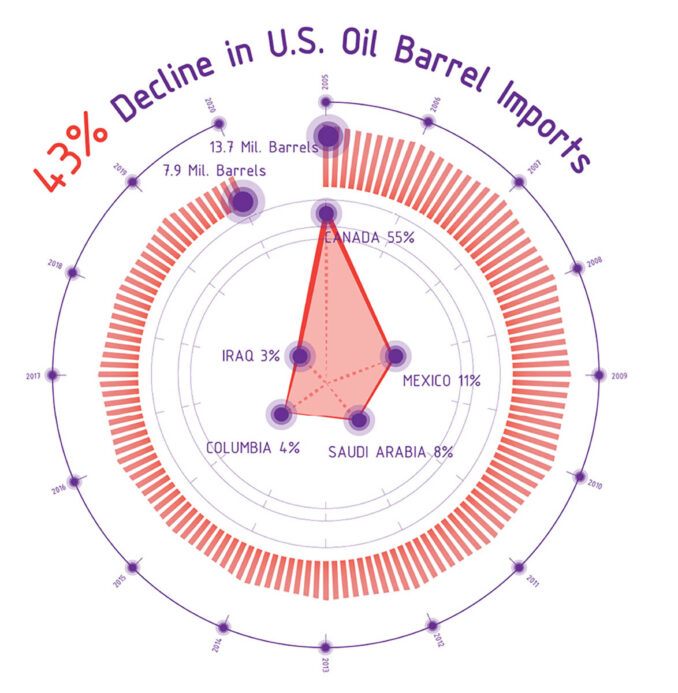
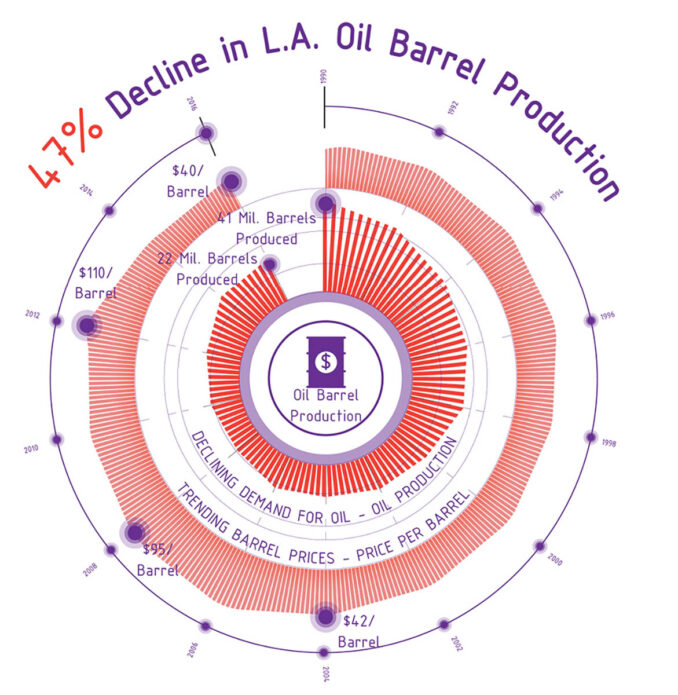
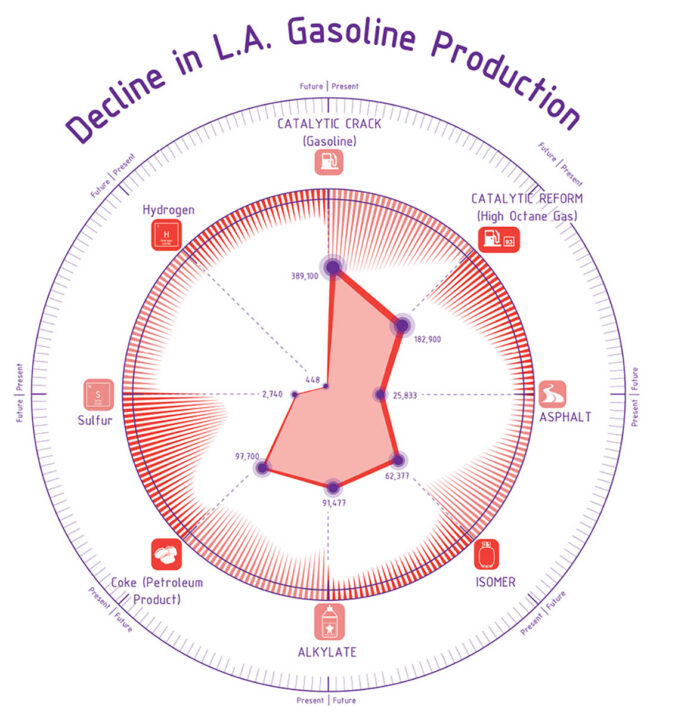
Los Angeles strives to implement these new policies; however, the existing energy grid was built around fossil fuels, producing electricity with primarily natural gas and oil. As a result, L.A. still depends on fossil fuels and centralized power plants. California has invested millions in building solar and wind energy in open deserts far away from urban centers that rely on the existing antiquated energy grid. However, the vast distance of this transmission has caused some issues in reliability based on capacity and extreme weather events (fires, floods, high winds, etc.) that have forced utilities to pause distribution. To resolve this issue, we propose a series of microgrids that can produce renewable energy at a scale closer to where it is consumed, helping to prevent continuous distributions in service.

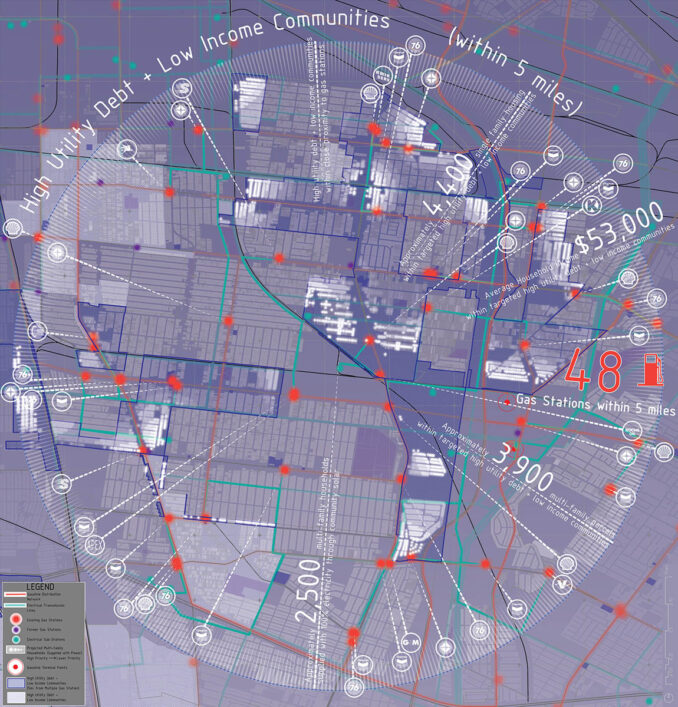

The main challenge with microgrids in urban centers is the lack of available land and NIMBYism. Rather than relying on a large single plot of land, we propose an interconnected network of solar arrays that can provide electricity to homes with little access to clean energy. These inner-city neighborhoods have other barriers to accessing clean energy. Due to government incentives, solar panel installations in L.A. have increased, although many low-income neighborhoods are ineligible, creating a growing energy inequity. This is because many low-income families live in less energy-efficient homes with roofs that cannot support PV panels, or they live in multifamily homes without access to rooftop improvements. Furthermore, we found that L.A.’s high cost of electricity has resulted in more than 45% of inner-city households being in utility debt. These troubling statistics helped focus our intervention on more equitable access to clean energy through local microgrids.
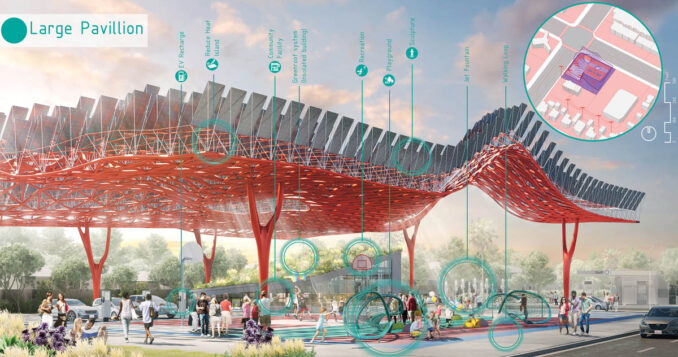
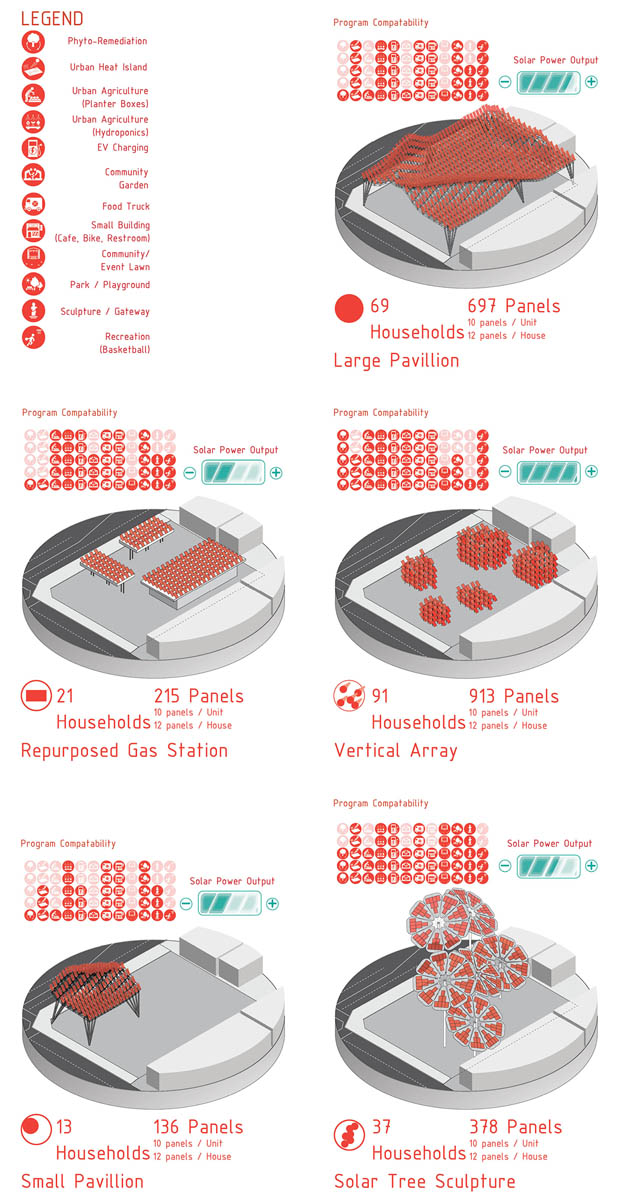
Community solar, where multiple households share PV panels, will solve this energy inequity. We found 48 gas stations within our 5-mile radius study area, and with this amount of redundancy, many will likely become irrelevant in the coming decade. Our proposal aims to focus both public and private investment into these lots, along with various additional programs based on community needs that can drive ROI. Our analysis and design of LA’s microgrid proposal can be scaled and exported to different regions worldwide within the context of aging infrastructure and surrounding neighborhoods’ needs.
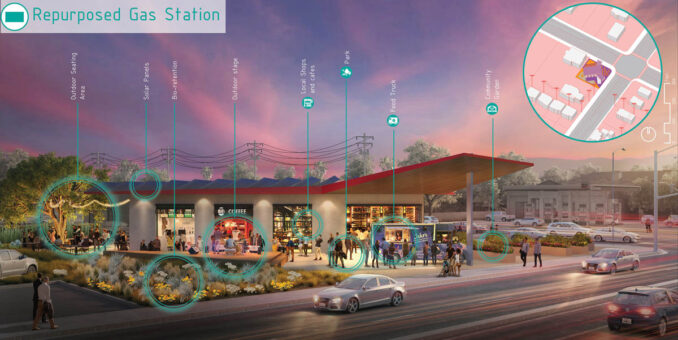
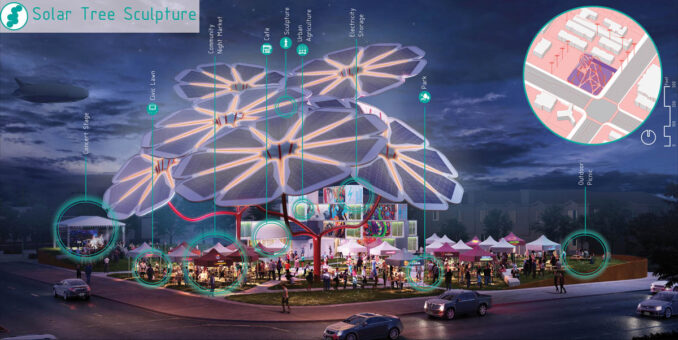
Photovoltaic Reformation: Dismantling Gas Infrastructure
Design Studio: EDGELand Studio
Collaborators: Rendering Company – DCox
